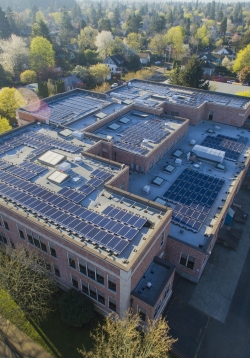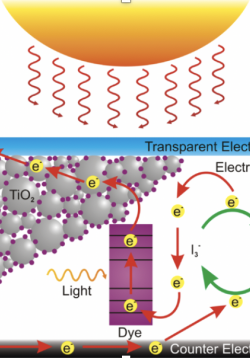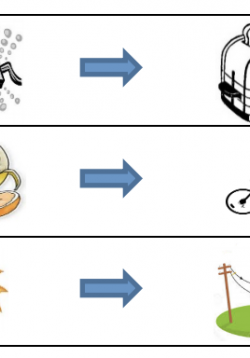How the Amount of Light Affects a Solar Cell
Students will cover portions of a solar cell and measure the output with a multimeter. They will compare and contrast the outputs of different percentages shaded and different configurations using the same percentage shaded.




